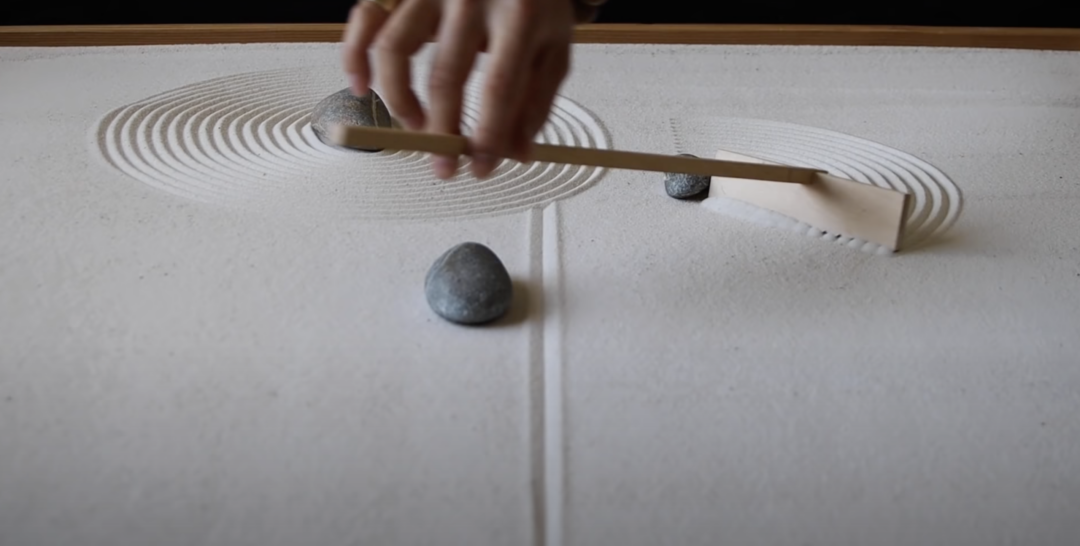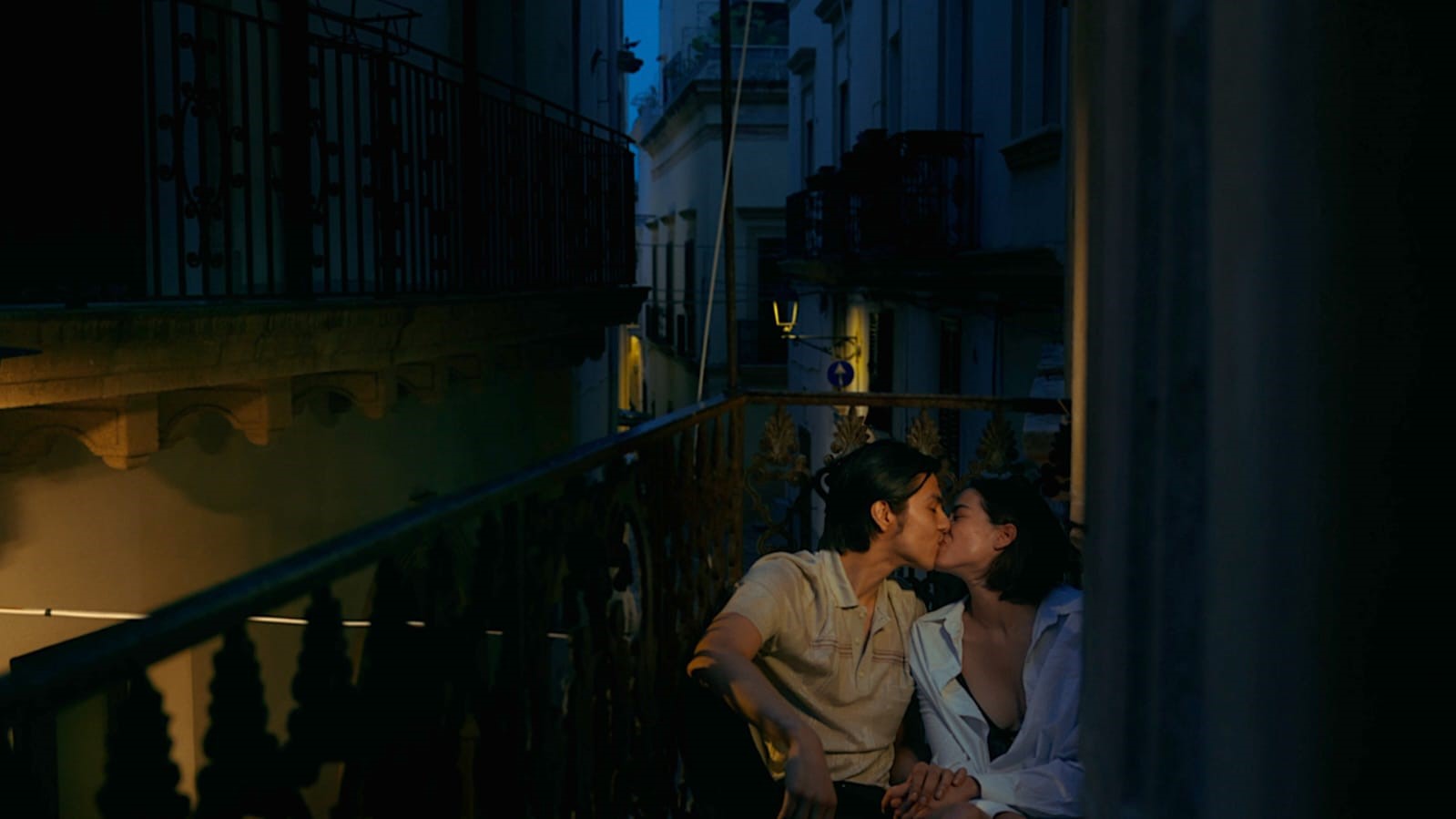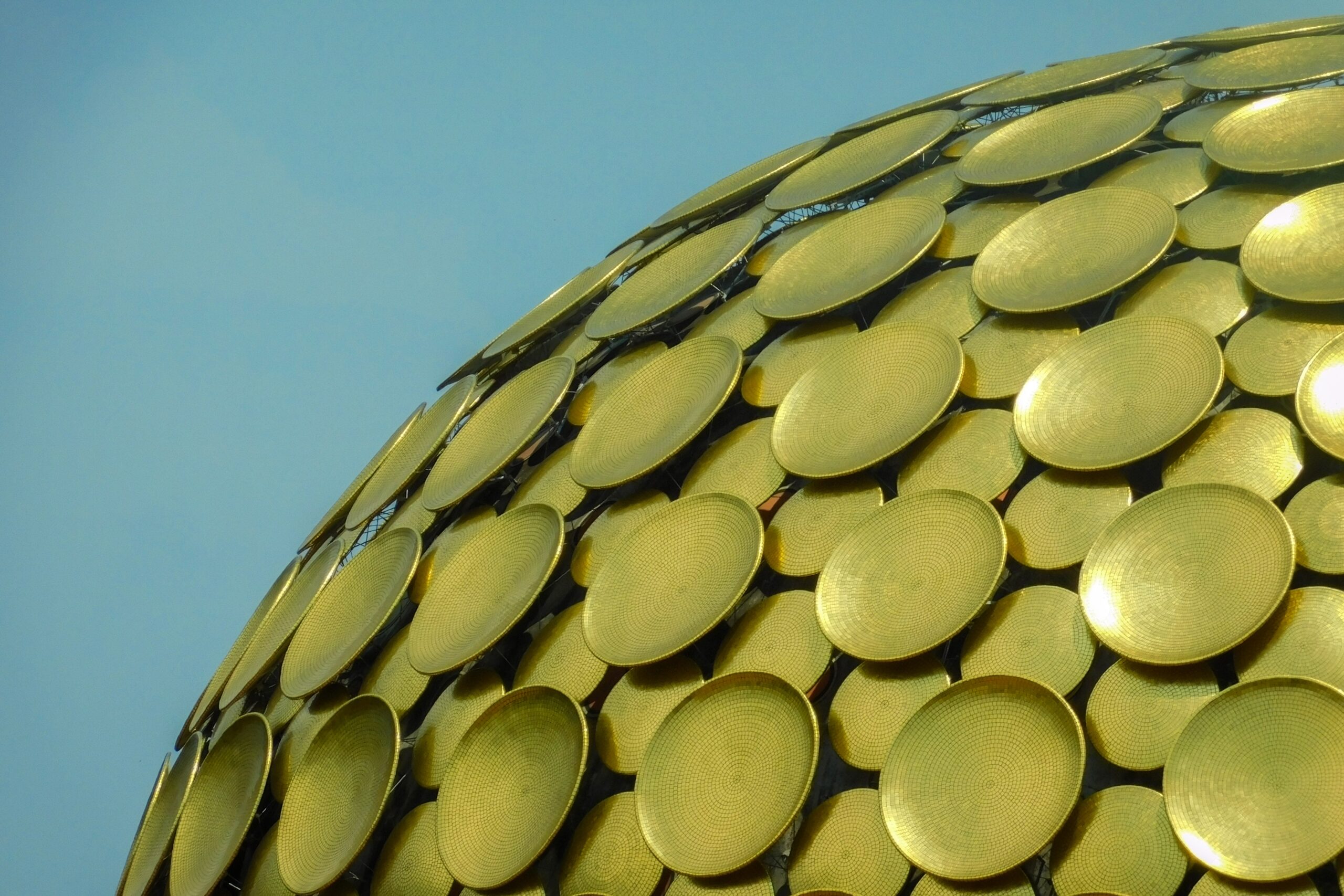‘Does life have a path, a shape or a direction?’ asked the wide-eyed seeker to the wise man. They sat under a giant tree whose shade cast a mysterious shadow on their faces. The mellifluous wind made the tree’s leaf tips flutter. The setting sun broke the sky into a plethora of patterns.
The wise man looked up and afar towards the horizon. A glint playfully somersaulted in his eyes and yet he looked sombre. A faint smile graced the corners of his lips. ‘Life,’ he whispered and paused, as if weighing the word carefully. ‘Life does have a direction and it’s circular.’
‘Circular?’ asked the seeker, nonplussed. ‘But most things seem to move in a linear trajectory. Look at that beetle,’ he pointed to the foot of the tree. ‘It’s crawling straight towards its burrow.’
The wise man chuckled kindly, revelling in the seeker’s ignorance. ‘The beetle burrows the earth and then goes back to it after death. Look around and you’ll see that everything in nature moves in circles and cycles. Seasons, planets, day and night, joys and sorrows, wakefulness and sleep, aren’t they all endless cycles repeating time after time? Water that comes from the sky in the form of rain goes ultimately to the sea, only to be taken back to the sky again. Even the breath we take can only be taken if we exhale, and not otherwise.’
For a moment the seeker was dumbfounded. The sun had set, ushering darkness all around them. But even in this darkness, he discovered an eternal light in the wise man’s words.
‘And such is life too,’ continued the wise man, ‘It’s a giant circle that starts at the end and ends in the beginning. Sometimes we are up, sometimes we are down. What goes up must also come down. It’s an eternal law everything in nature, living or non-living, must abide by.’
The idea of life as a circle has existed from time immemorial in many religions and mystical philosophies around the world. In Hinduism and Buddhism, life has been represented as a circle. Buddhism even has a name for the wheel of life which they call Samsara, represented by two ascending and descending half circles. This concept is not completely excluded from the Christian notion of being born again. Christianity believes that before anyone can ascend to Heaven, they must be reborn through Christ. Even Judaism believes in life after death.
Various symbolisms of ancient and modern times have been directly influenced by the circle of life. The ancient image of the ouroboros (a serpent eating its own tail) also depicts the circle of life and has become an important symbol in many cultures. These symbols present a reassuring idea that the journey of life never truly ends.
In Dante’s Inferno, hell is depicted as a series of nine concentric circles. Although Dante’s circular hell is a macabre take on the circle of life, it makes an interesting point about the concept itself. The circle of life operates on many levels, from the macrocosmic cycle of rebirth to the microcosm of circles we all experience individually on an everyday basis.
The circle of life has become so popular even in modern times that it inspired a song in the classic Disney movie, The Lion King. Contemporary game shows including everyone’s favourite Wheel of Fortune has also been inspired by ancient philosophers who created the rota fortunae based on the wheel of life.
There’s a seeker in each of us that perpetually wonders about the mysteries of life. Perhaps the solution to the mystery hides within the circle too, if one only looks deeper. The seeker also wonders if there’s a perfect way to live. If there’s a strategy one could adopt to make life truly fulfilling. The answer to that too hides in the circle, waiting for our discovery.
The circle of life also represents a delicate balance of continuity. That everything is cyclic ultimately indicates everything is interconnected. Every aspect within the circle affects the other profoundly. A slight dent on one end of the circle causes a butterfly effect on the other end. The commoners have a simple expression for it – ‘What goes around comes around.’
The profound power of this philosophy isn’t just good for the books but also for everyday living. Its practical implications far exceed its theoretical connotations. So useful is the philosophy that everyone can benefit from it including individuals, brands, businesses and organizations. It’s a philosophy rooted at the centre of our existence, and therefore it naturally applies almost everywhere. Any problem can be solved by referring back to the concept. Any life situation can be better understood, and any difficult decision can be arrived at using the same. It’s a life tool that can, in simple words, be life-changing.
Another intriguing thing about the circle of life is that it can be applied in many different ways and contexts. It’s hardly a rigid concept that refuses to adapt to changing times and circumstances. A captivating modern take of the circle of life is the Jivana Chakra that makes use of the concept to create a life of fulfilment, productivity and balance for today’s times. Jivana Chakra takes the circle of life and divides it into eight aspects that represent life’s most important areas such as health, wealth, family and friends, career, recreation, environment, personal growth and romance. Jivana Chakra also suggests that all its eight aspects must be balanced to experience a life of total fulfilment and harmony.
Similarly, one could take one’s most important life goals and ideas and represent them on the circle of life to understand their interconnectedness, relatedness and harmony. This way, one could plan one’s course of action with more meaning and intent. It must be said that the circle of life is not just a visual tool but one that invokes in an individual or an organization a sense of holistic purpose by taking into consideration all aspects from an overarching perspective.
Philosophy isn’t just for history lessons and college degrees. We are living in an age where the world’s best brands and products are philosophy-centric. Apple is an example. Every famous brand in the world has its unique brand philosophy that defines its business goals, outcomes and KPAs. In today’s marketplace so full of clutter and competition, having a unique philosophy can help a brand find its voice. The same goes for individuals too. Instead of living life randomly, often without a sense of purpose or direction, or living at the whims of neverending circumstances, one could greatly benefit from the concept of Jivana Chakra.
Superimposing one’s goals and aspirations on the Jivana Chakra can not only bring a heightened sense of clarity, purpose and meaning but can also inspire one to move closer to one’s life purpose with each passing day in both a conscious and subconscious way. The circle of life gifted to us by the world’s religions and philosophies might be an eternal treasure of wisdom we are sitting on without realising its true value. Although several tools exist for personal productivity and development, nothing has stuck around for as long as the circle of life. And it’s time to unleash its true potential.




